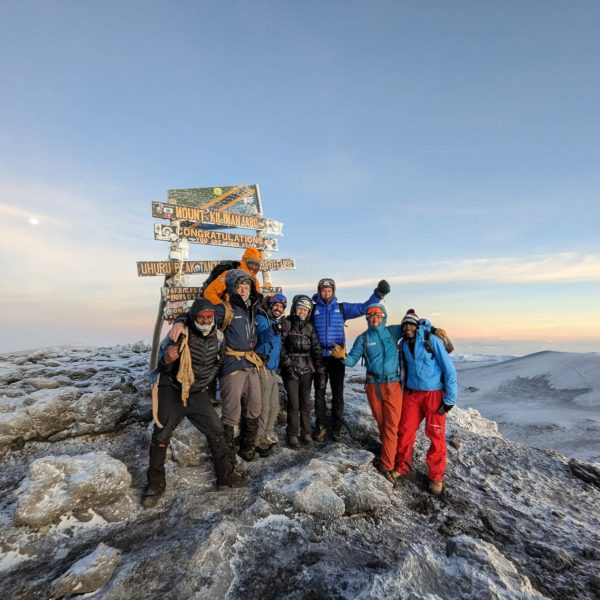Climbing Gear and Kit List
What To Pack
Ensuring your safety and comfort on your journey up Mount Kilimanjaro requires careful preparation and having the right gear and supplies. To assist you in getting ready, we’ve put together a detailed packing list specifically for Kilimanjaro. Climbing the mountain means experiencing various climates, from warm and humid forests to freezing summit zones with glaciers and snow. So, it’s crucial to be prepared for everything from sun and wind to rain. We’ll provide tents, camping gear, food, cooking equipment, and other communal items to make your experience easier. Your personal belongings will be packed in a duffel bag, which porters will carry for you, while you’ll carry a daypack with your essentials during the trek.


TAILOR MADE YOUR TRIP TO AFRICA
Mount Kilimanjaro
Amazing Snapshots
Kilimanjaro Hiking Itineraries
African Choice Safaris offers a simple Kilimanjaro hiking itinerary for all levels. You’ll hike through stunning landscapes, from rainforests to rocky paths, all the way to the top. Our experienced guides and comfortable camps ensure a safe and enjoyable trip. Whether you’re reaching for the summit or just exploring, we provide an unforgettable adventure. Join us for a great Kilimanjaro experience.
WHY CHOOSE US
Hike Mount Kilimanjaro with African Choice Safaris for a safe and unforgettable adventure. Our expert guides make sure you have the best experience, with comfortable camps and all the gear you need. Whether you’re new to hiking or experienced, we provide the support to make your journey enjoyable. Choose us for an amazing Kilimanjaro trek.


















